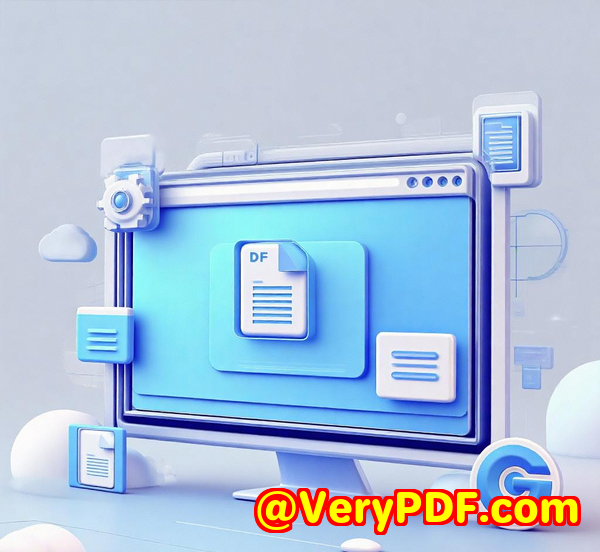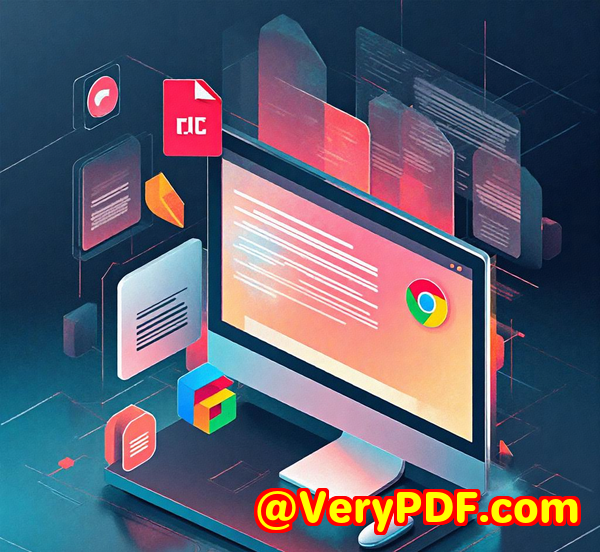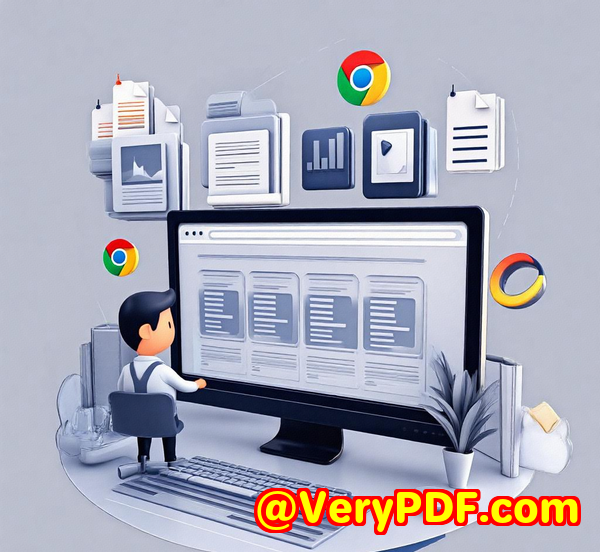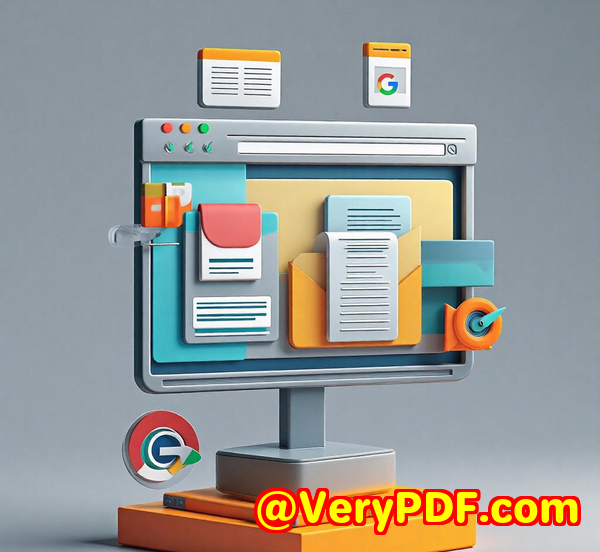Create Branded Invoice PDFs Automatically from Data Sources Using imPDF API
Create Branded Invoice PDFs Automatically from Data Sources Using imPDF API
Meta Description:
Automate branded invoice creation with imPDF API cut manual work, boost accuracy, and scale document workflows effortlessly.
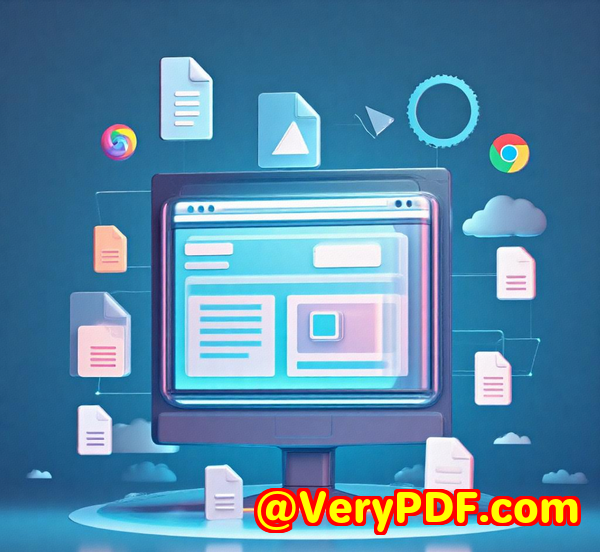
Every Month, It Was the Same Nightmare…
I used to dread the first few days of every month.
Why?
Because as a freelancer working with multiple clients, creating branded invoices manually from spreadsheets, time-tracking logs, and project tools was killing hours of my time.
I’d export reports, clean up CSVs, retype data into invoice templates, make sure the fonts and logos looked right, and double-check every detail before hitting send.
And then repeat.
Five. Ten. Fifteen times.
I thought, “Surely there’s a better way to create branded PDF invoices from data, automatically.”
Turns out, there is and it’s called imPDF PDF REST APIs for Developers.
Here’s How I Solved My Invoice Headaches with imPDF API
It all started with a quick Google search:
“How to auto-generate branded invoices from data sources into PDF”
That’s how I found imPDF.com.
What stood out wasn’t just the wide list of tools they hadit was the flexibility. This wasn’t some one-size-fits-all PDF generator. This was a full-blown PDF REST API toolkit that gave me dev-level control over how documents are created, edited, and output.
And the best part?
I didn’t have to build from scratch.
I could feed my existing invoice data into their Invoice Maker API and boomout came a polished, branded PDF. Instantly.
Who Should Be Using This?
If you’re:
-
A developer working on a SaaS tool that generates invoices or reports
-
A business owner tired of manually exporting PDF invoices from clunky tools
-
A freelancer wanting to automate invoice creation from platforms like Trello, Clockify, or Airtable
-
A tech lead managing enterprise-level reporting workflows
then you’ll love what this API does.
Real Use Cases That Hit Home
Here’s what I’ve personally used it forand seen others do too:
-
Create invoices from Excel, CSV, or database records: No more cut and paste
-
Branded invoices from CRM entries: Pull customer name, billing address, service breakdowndone
-
Automated invoicing for subscription businesses: Generate and email PDF invoices at scale
-
Batch PDF generation for accounting teams: Hundreds of documents created in seconds
Features That Actually Matter
Let me break it down.
This isn’t just another “PDF tool.”
Here are 3 standout features that genuinely made my life easier:
1. Invoice Maker REST API
This is the one that saved me hours.
I used it to create PDF invoices by simply POSTing JSON data that included:
-
Client name & contact info
-
Invoice number & date
-
Line items with pricing
-
Custom branding (logo, fonts, colours)
imPDF built the rest.
The output? Crisp, consistent, and client-ready PDFs with zero design fiddling on my end.
2. HTML to PDF REST API
I had a couple of custom invoice templates written in HTML.
Instead of throwing those away, I reused them.
This API let me convert raw HTML into a PDFincluding stylesheets, images, headers, and footers.
And it worked like a charm.
Great for devs who want to keep their HTML-based workflows intact.
3. Merge & Email Integration
After generating invoices, I needed to merge them into monthly reports or email them to clients.
The Merge PDF REST API stitched them together beautifully.
I paired this with an email microservice, and suddenly I had a fully automated invoicing pipeline:
From CSV JSON PDF Email
All with a few lines of code.
Why I Ditched Other Tools
Before imPDF, I tried:
-
Canva: Too manual. Not scalable.
-
QuickBooks: Good for bookkeeping, but locked-down invoice templates.
-
Zapier + Google Docs: Clunky. Hard to maintain and brand.
imPDF outperformed them all because:
-
It let me use my own data
-
I had full control over layout and design
-
It’s code-based, meaning repeatable, automated, and scalable
-
It’s fast. I’m talking milliseconds.
The API Developer Playground is GOLD
Here’s something I didn’t expect:
They have a live API Lab where you can test endpoints, play with inputs, and generate output instantly.
Before I wrote a single line of code, I validated my invoice format and got real-time results.
Even betterit generates working code in Python, PHP, Node.js, etc., for you to copy-paste.
That alone shaved off hours of dev time.
Summary: The Problem, Solved
The problem was simple.
Manually creating branded invoices from raw data was slow, repetitive, and error-prone.
The solution?
imPDF’s REST APIs automated the whole process, saving me time, reducing mistakes, and freeing me up to actually run my business instead of fiddling with docs.
My Recommendation
I’d highly recommend this to anyone who deals with high volumes of invoices, contracts, forms, or any kind of document that needs to be generated dynamically.
Seriously.
If you’ve ever said:
“I wish I could just plug in some data and get a clean PDF out” this is for you.
Click here to try it out for yourself
Start your free trial now and save yourself hours
Need Something More Custom?
If your use case is even slightly out of the box, good news.
imPDF.com Inc. also offers custom development services.
Whether you need:
-
A custom PDF printer driver for Windows
-
A Linux-based print job monitor
-
OCR table recognition for scanned documents
-
Barcode generation & layout analysis
-
Or full-on DRM protection with digital signatures
They’ve got you.
They work with:
-
Python, PHP, C/C++, .NET, HTML5
-
Windows API, macOS, Linux, iOS, Android
-
PDF, PCL, EPS, Office, TIFF, and more
You can even build systems that hook into Windows APIs to monitor file access or printer activity.
Bottom line?
If you can imagine it, they can probably build it.
Got a unique need?
Reach out here: https://support.verypdf.com/
FAQs
1. Can I create invoices from Excel files using imPDF?
Yes, you can import data from Excel, convert it to JSON, and feed it directly into the Invoice Maker API.
2. Does it support logos and custom branding?
Absolutely. You can include images, custom fonts, colours, and layout rules in your templates.
3. Is there a limit on the number of PDFs I can generate?
imPDF offers scalable plans. Depending on your tier, you can handle thousands of documents daily.
4. Do I need to be a developer to use this?
While it’s built for developers, the API Lab makes it super easy to test and get startedeven with minimal coding.
5. Can I email invoices directly after creation?
Yes. You can integrate the output with any email microservice like SendGrid or Mailgun.
Tags / Keywords
-
automate branded invoice PDFs
-
PDF REST API for developers
-
generate invoices from data sources
-
imPDF Invoice Maker API
-
invoice generation automation
